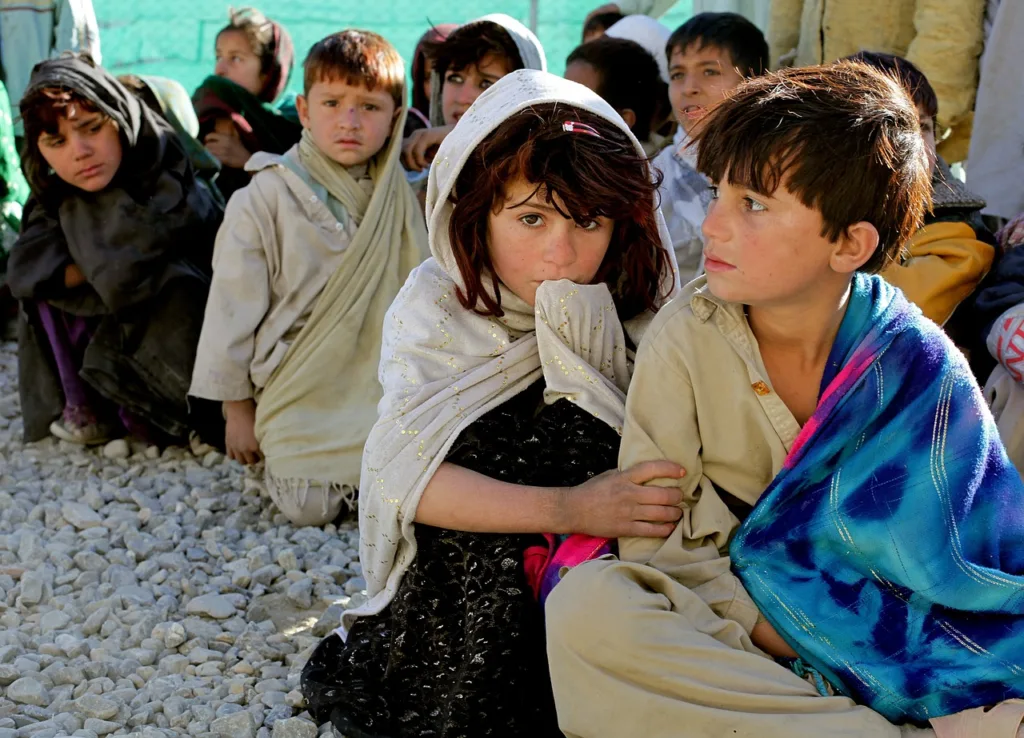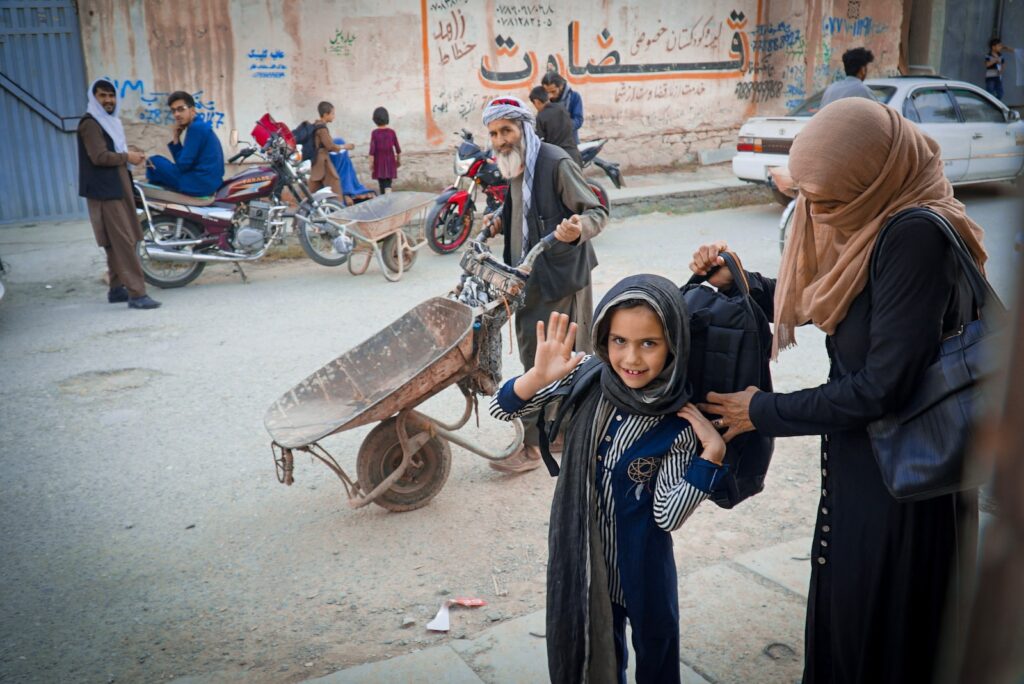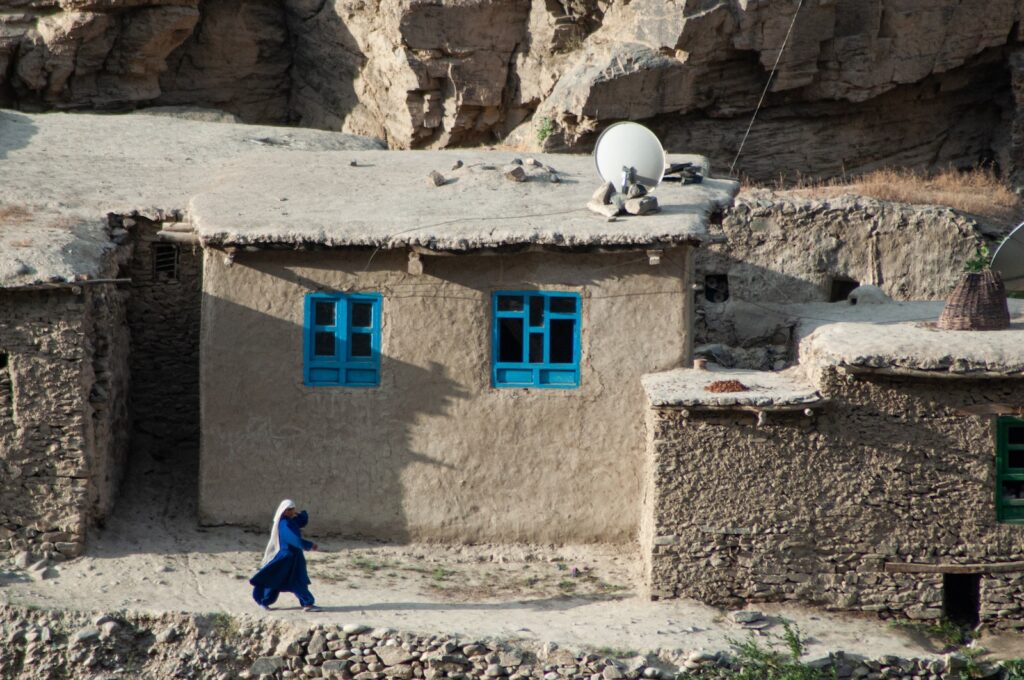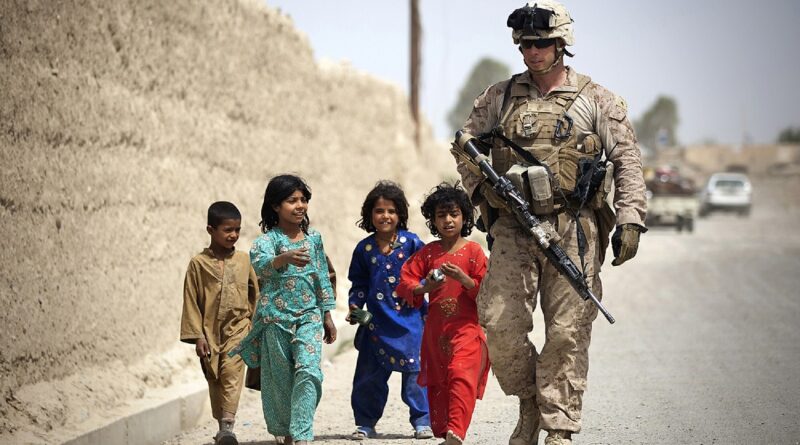The Afghanistan crisis has been a focal point for global attention in recent months. As the United States and NATO forces withdrew their troops, the Taliban swiftly took control of the country, leading to widespread fear, uncertainty, and chaos. This article examines what happened in Afghanistan, delving into the historical context, the role of foreign intervention, the rise and fall of the Taliban, and the current state of the nation. By understanding the complex factors that have contributed to the present situation, it is possible to gain insight into the challenges and prospects for the future.
Afghanistan’s history is marked by decades of conflict and instability. The nation has faced invasions, occupations, and the rise and fall of various regimes. Its people have endured immense suffering and hardship, while the international community has struggled to find lasting solutions to the ongoing crisis. This article seeks to shed light on the Afghanistan situation by exploring the historical, political, and social factors that have shaped the country’s trajectory.
Historical context: A brief overview of Afghanistan’s history
Afghanistan’s history is characterized by its strategic location, which has made it a crossroads for various empires and cultures. Throughout history, the nation has been invaded and occupied by a range of powers, including the Persians, Greeks, Arabs, and Mongols. In the 19th and early 20th centuries, Afghanistan became a battleground for the British and Russian empires, as they sought to expand their influence in the region.
In the latter half of the 20th century, Afghanistan experienced a series of political upheavals, beginning with the establishment of a constitutional monarchy under King Zahir Shah in 1964. However, this period of relative stability was short-lived, as the monarchy was overthrown in a coup led by Mohammad Daoud Khan in 1973. Daoud Khan’s rule was also short-lived, as he was assassinated in a communist coup in 1978, leading to the rise of the Soviet-backed Democratic Republic of Afghanistan.
The Soviet invasion of Afghanistan in 1979 marked the beginning of a brutal and protracted conflict that would last for nearly a decade. The Soviet occupation faced fierce resistance from Afghan mujahideen fighters, who were supported by the United States, Pakistan, and other countries. The conflict took a heavy toll on the Afghan population, with millions of people killed, injured, or displaced. The Soviet withdrawal in 1989 left a power vacuum in the country, setting the stage for the rise of the Taliban.

The role of foreign intervention in Afghanistan
Foreign intervention has played a significant role in shaping the Afghanistan situation. The involvement of external powers, such as the Soviet Union and the United States, has had profound and lasting effects on the nation’s political landscape and the lives of its people.
The Soviet invasion of 1979 was a turning point in Afghanistan’s history, as it led to a prolonged and devastating conflict that left the country in ruins. The mujahideen resistance fighters, who were backed by the United States and other countries, eventually forced the Soviet Union to withdraw its troops in 1989. However, the end of the Soviet occupation did not bring peace to Afghanistan, as the mujahideen factions turned on each other in a brutal civil war.
In the wake of the 9/11 terrorist attacks, the United States launched a military intervention in Afghanistan with the aim of toppling the Taliban regime and dismantling Al-Qaeda. The invasion led to the ousting of the Taliban and the establishment of a new Afghan government, which was supported by the international community. Over the next two decades, the United States and NATO forces worked to train and support the Afghan security forces, while also engaging in counterinsurgency operations against the Taliban and other extremist groups.
The rise and fall of the Taliban

The Taliban emerged in the early 1990s as a movement of religious students and former mujahideen fighters, who sought to bring order and stability to Afghanistan in the wake of the civil war. Under the leadership of Mullah Mohammad Omar, the Taliban quickly gained control of large swathes of the country, eventually seizing the capital, Kabul, in 1996.
The Taliban’s rule was characterized by a strict interpretation of Islamic law and the imposition of harsh punishments for those who defied their authority. The regime garnered international condemnation for its treatment of women and its destruction of cultural heritage sites, such as the ancient Buddhas of Bamiyan. However, the Taliban was able to maintain its grip on power, largely due to its control of the lucrative opium trade and the support of elements within Pakistan’s military and intelligence agencies.
The fall of the Taliban regime in 2001, following the US-led invasion of Afghanistan, was initially hailed as a victory for democracy and human rights. However, the Taliban was not defeated and instead regrouped in the border regions of Pakistan. Over the following years, the group launched a relentless insurgency against the Afghan government and NATO forces, gradually regaining strength and territory.
The impact of the United States’ withdrawal and the Taliban resurgence
The decision by the United States and NATO to withdraw their troops from Afghanistan in 2021 marked the beginning of a new chapter in the nation’s history. As the foreign forces departed, the Afghan security forces were left to confront the Taliban on their own, with mixed results.
The rapid advance of the Taliban in the months leading up to the withdrawal took many observers by surprise. The group capitalized on the vacuum left by the departing foreign forces, seizing control of district after district and eventually capturing major cities, including Kabul. The collapse of the Afghan government and the capitulation of the security forces highlighted the fragility of the gains made over the past two decades and raised serious questions about the sustainability of the nation-building project in Afghanistan.
- At-Home Teeth Whitening Kits: The Ultimate Guide
- The Hamilton Beach Big Mouth Juice Extractor: A Budget-Friendly Powerhouse
What happened in Afghanistan: Key events leading to the current crisis
Several key events can be identified as contributing to the current crisis in Afghanistan. These include the signing of the Doha Agreement between the United States and the Taliban in February 2020, which laid out a roadmap for the withdrawal of US forces and the initiation of peace talks between the Taliban and the Afghan government. The agreement was seen by some as a major concession to the Taliban and a signal of the United States’ willingness to disengage from the conflict.
In the months following the Doha Agreement, the Taliban intensified its attacks on Afghan security forces and targeted government officials and civil society activists. The group also refused to engage in meaningful peace talks with the Afghan government, insisting on the release of thousands of its prisoners as a precondition for negotiations. The Taliban’s intransigence and the deteriorating security situation in the country fueled concerns about the impending collapse of the Afghan state.
The final stage of the US withdrawal, which began in May 2021, was accompanied by a dramatic escalation in violence and a rapid advance of the Taliban. The Afghan security forces, which had been trained and equipped by the United States and its allies, proved unable to withstand the onslaught. The fall of Kabul in August 2021 marked a stunning reversal of fortunes for the Afghan government and a humiliating defeat for the international community, which had invested billions of dollars and countless lives in the effort to stabilize the country.
Women’s Magazines: A Glimpse into Culture, Society, and History
The humanitarian consequences of the Afghanistan situation
The humanitarian consequences of the Afghanistan situation are immense and multifaceted. The conflict has resulted in the loss of tens of thousands of lives and has left millions of people displaced, both within the country and as refugees in neighboring countries.

The resurgence of the Taliban has led to widespread fear and uncertainty among the Afghan population, with many people fearing reprisals or persecution under the group’s rule. Women and girls, in particular, are at risk of being denied access to education and employment opportunities, while religious and ethnic minorities face the threat of violence and discrimination.
The humanitarian needs in Afghanistan are enormous, with millions of people in urgent need of food, water, shelter, and medical care. The collapse of the Afghan economy and the freezing of international aid have exacerbated the crisis, making it difficult for humanitarian organizations to provide assistance to those in need. The situation is further complicated by the COVID-19 pandemic, which has added an additional layer of health and economic challenges.
In the face of these challenges, the international community has mobilized to provide humanitarian aid to the Afghan people. Governments, NGOs, and individuals around the world have pledged financial support, medical supplies, and other forms of assistance. However, the delivery of aid is complicated by the security situation on the ground, with many aid organizations struggling to access areas controlled by the Taliban.
The global response to the Afghanistan crisis
The global response to the Afghanistan crisis has been mixed, with many countries struggling to balance their humanitarian obligations with their political and security concerns. Some countries, such as the United States and the United Kingdom, have pledged to continue providing humanitarian aid to Afghanistan, while others, such as Pakistan and China, have expressed support for the Taliban regime.
The United Nations has played a key role in coordinating the international response to the crisis, with Secretary-General António Guterres calling for an immediate end to violence and the establishment of an inclusive government that upholds the rights of all Afghans. The UN has also appealed for urgent funding to support humanitarian efforts in the country.
In addition to the humanitarian response, the Afghanistan crisis has also sparked debates about the role of foreign intervention in promoting stability and democracy in other countries. Some critics argue that the United States and its allies should have focused on building up Afghan institutions and governance structures, rather than relying on military force. Others point to the lessons of the Iraq War and other conflicts, which have shown the limits of foreign intervention in promoting lasting peace and stability.
What’s going on in Afghanistan: Current challenges and future prospects
The situation in Afghanistan remains highly fluid and uncertain. The Taliban has declared the establishment of an Islamic Emirate of Afghanistan, but it is unclear what form of government it will take or how it will address the needs and aspirations of the Afghan people. The Taliban has promised to respect human rights and to protect the rights of women and minorities, but many observers are skeptical of these commitments given the group’s track record.
The immediate challenge facing the Taliban is to establish a functioning government and to address the economic and security challenges facing the country. The Taliban will need to reconcile with other Afghan factions and political groups, as well as with the international community, if it hopes to secure recognition and support. The group will also need to address the humanitarian crisis and to provide basic services to the population, many of whom are suffering from poverty, hunger, and disease.
Looking forward, the prospects for Afghanistan are uncertain. The country faces significant political, economic, and security challenges, and the path to stability and peace will be long and difficult. However, there are also reasons for hope, including the resilience and determination of the Afghan people, the potential for regional cooperation and diplomacy, and the commitment of the international community to supporting the country’s development.
Conclusion: Lessons learned and the way forward
The Afghanistan crisis has highlighted the complex and difficult nature of promoting stability and democracy in fragile states. The conflict has shown the limits of military force and the importance of building up strong institutions and governance structures. It has also underscored the need for inclusive and sustainable development, as well as for international cooperation and diplomacy.
As the world looks to the future of Afghanistan, it must learn from the mistakes and successes of the past. It must prioritize the needs and aspirations of the Afghan people, while also addressing the security concerns of the region and the world. It must work to build trust and cooperation between all stakeholders, while also holding those who commit human rights abuses and violence accountable. Only by working together can we promote lasting peace and stability in Afghanistan and in other fragile states around the world.
Donation
Donate to humanitarian organizations working to provide aid to the Afghan people, such as the International Committee of the Red Cross, UNICEF, and the World Food Programme. Stay informed about the situation in Afghanistan and advocate for policies that prioritize the needs and rights of the Afghan people. Support efforts to promote peace and stability in the region, including through diplomacy and dialogue.







